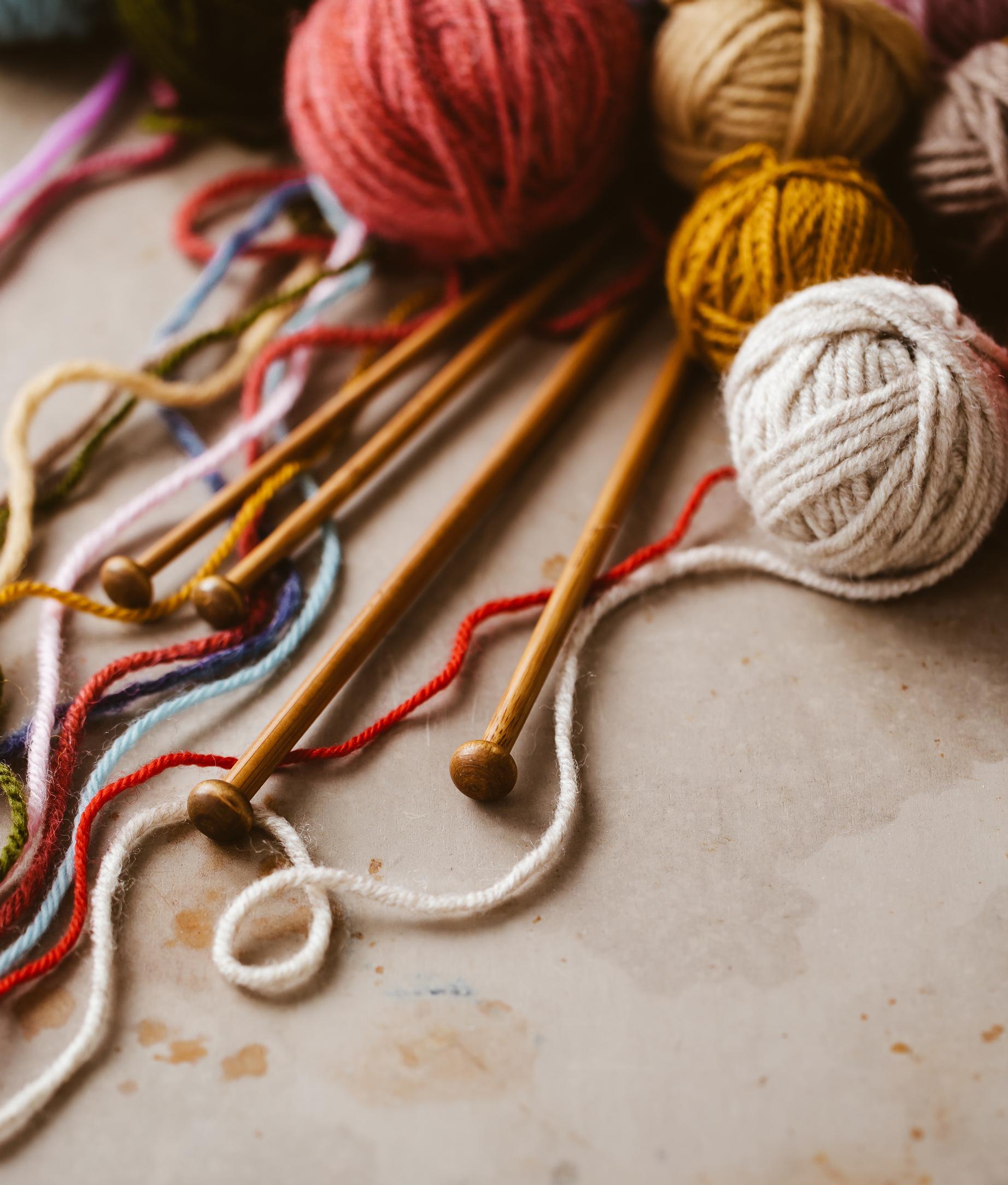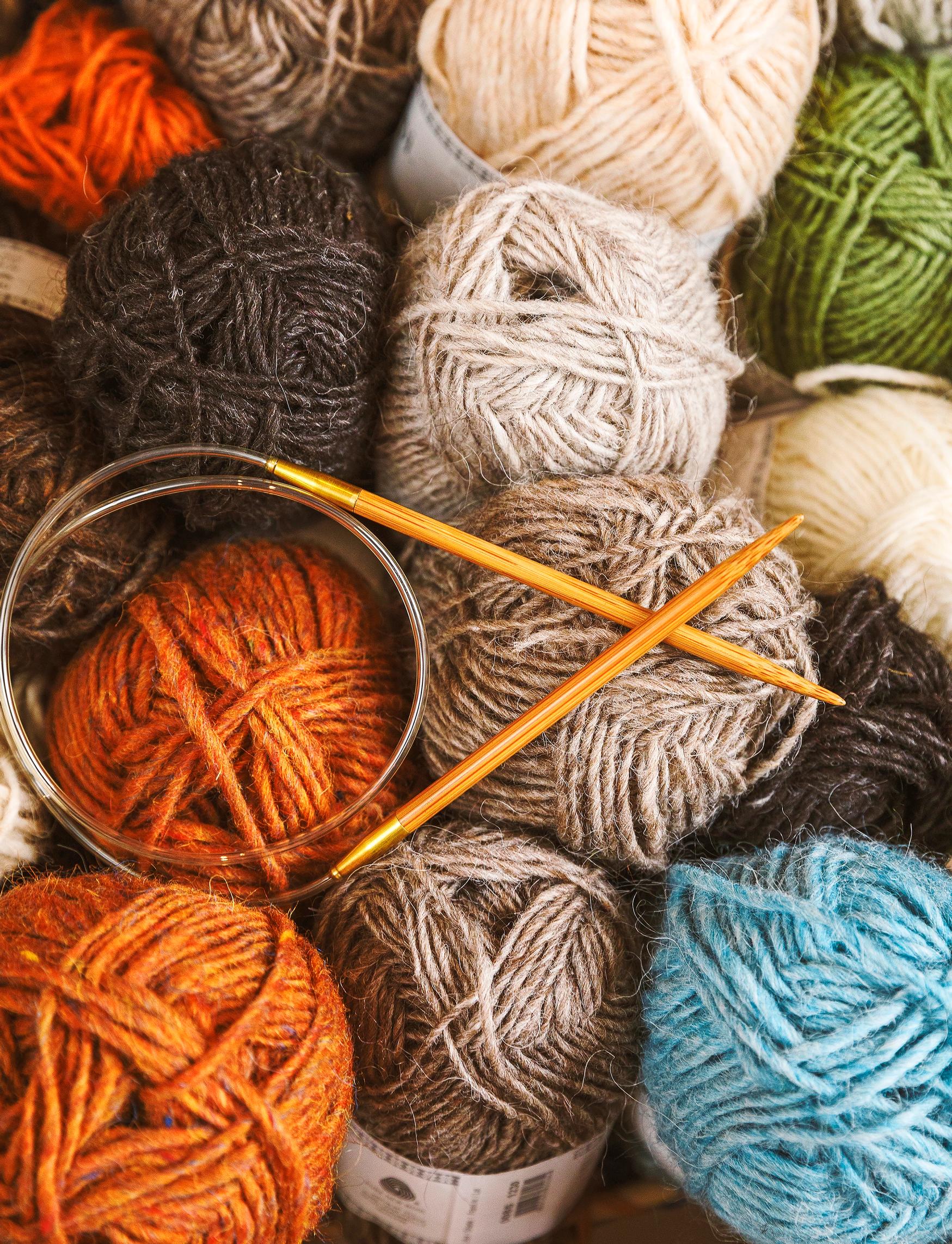
5 tips for choosing knitting needles—here’s how to find the right needles for every project
Knitting feels fun and effortless when you use needles that work for you. For frequent knitters, how a needle feels is just as important as the yarn you use. Here are some tips for choosing knitting needles.
1. The needle’s material affects the feel and your gauge
Metal needles are slippery and can slightly loosen tight knitting tension. Wooden needles, especially bamboo, tend to tighten your stitches, so they’re helpful if you knit loosely or if your stitches slip off. Lacquered wooden needles or carbon fiber needles offer a nice compromise. Both are lightweight and comfortable to hold, and they let stitches slide just enough.

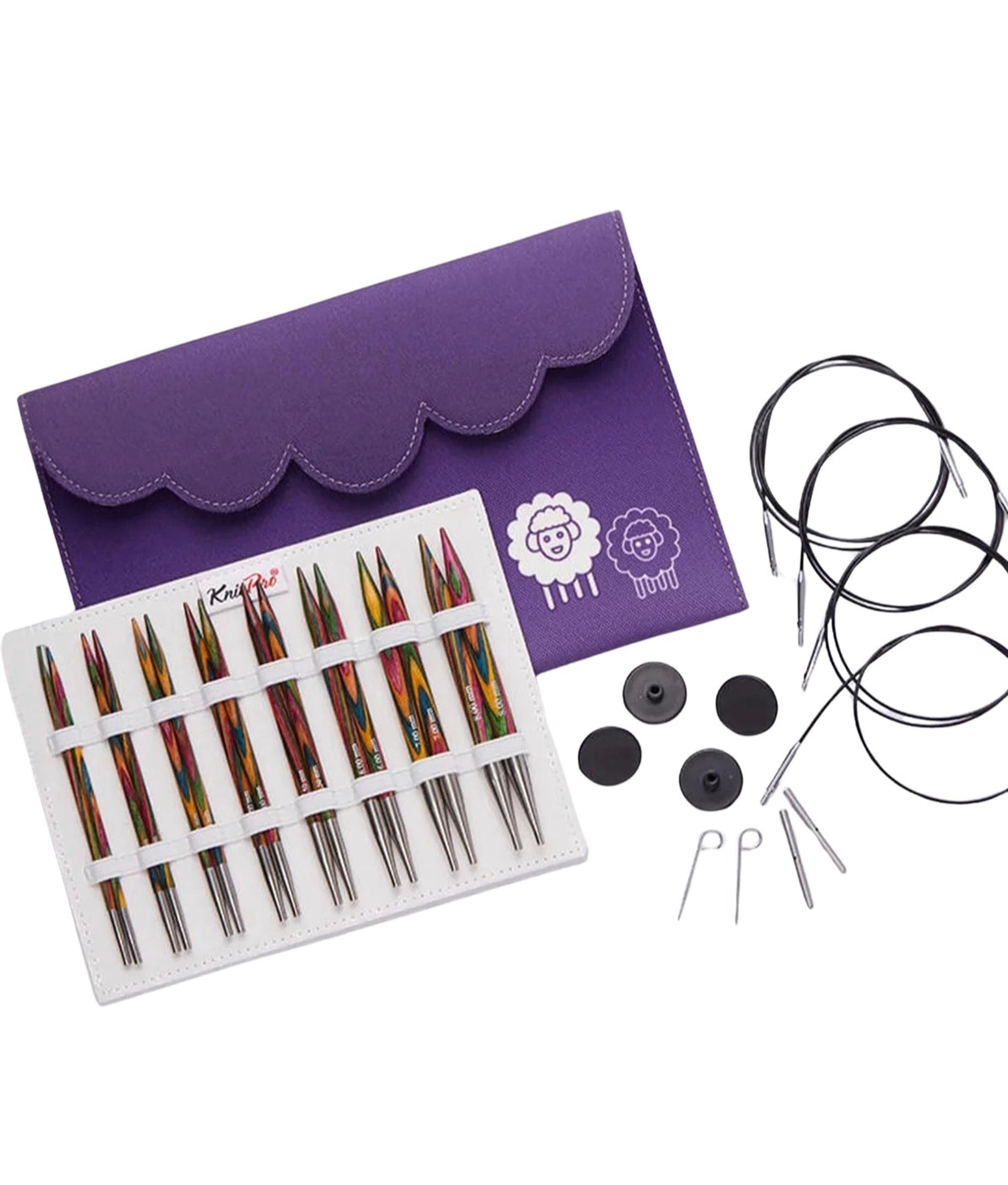
2. Match the needles to your project
Long straight needles are convenient for scarves because the stopper on one end prevents stitches from slipping off. Double-pointed needles are meant for socks or small circular items like mittens and hats. Circular needles handle all of the above, and you can also easily manage larger projects with them by keeping all stitches on one needle or letting some rest on the cable.

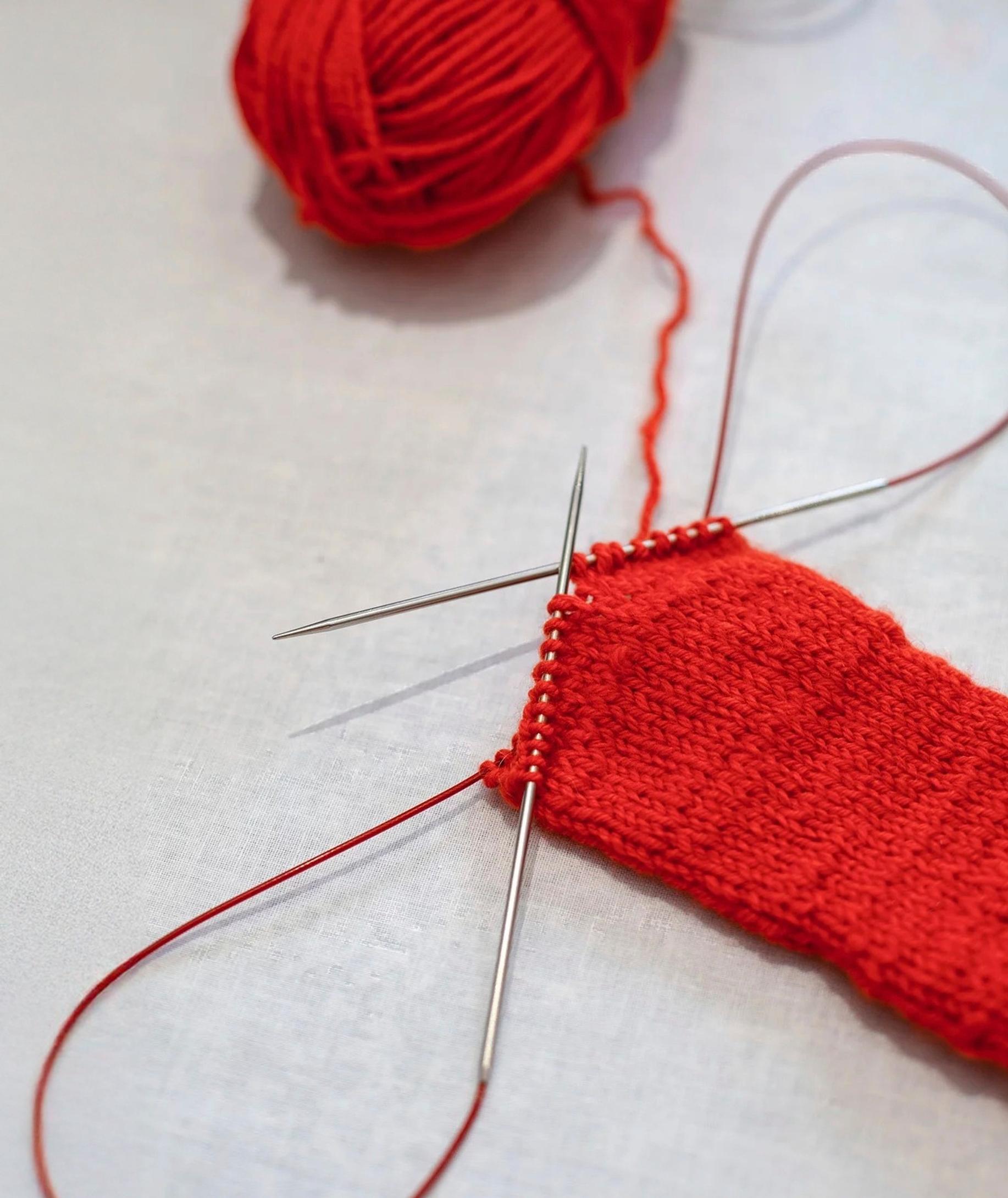
3. Make use of interchangeable needles
With interchangeable needles, you can unscrew the needle tips from the cable using a small tool. This comes in handy if you’re knitting for instance a sweater or jacket top-down and want to leave sleeve stitches on a cable. For this, you’ll need extra cables that are sold separately.

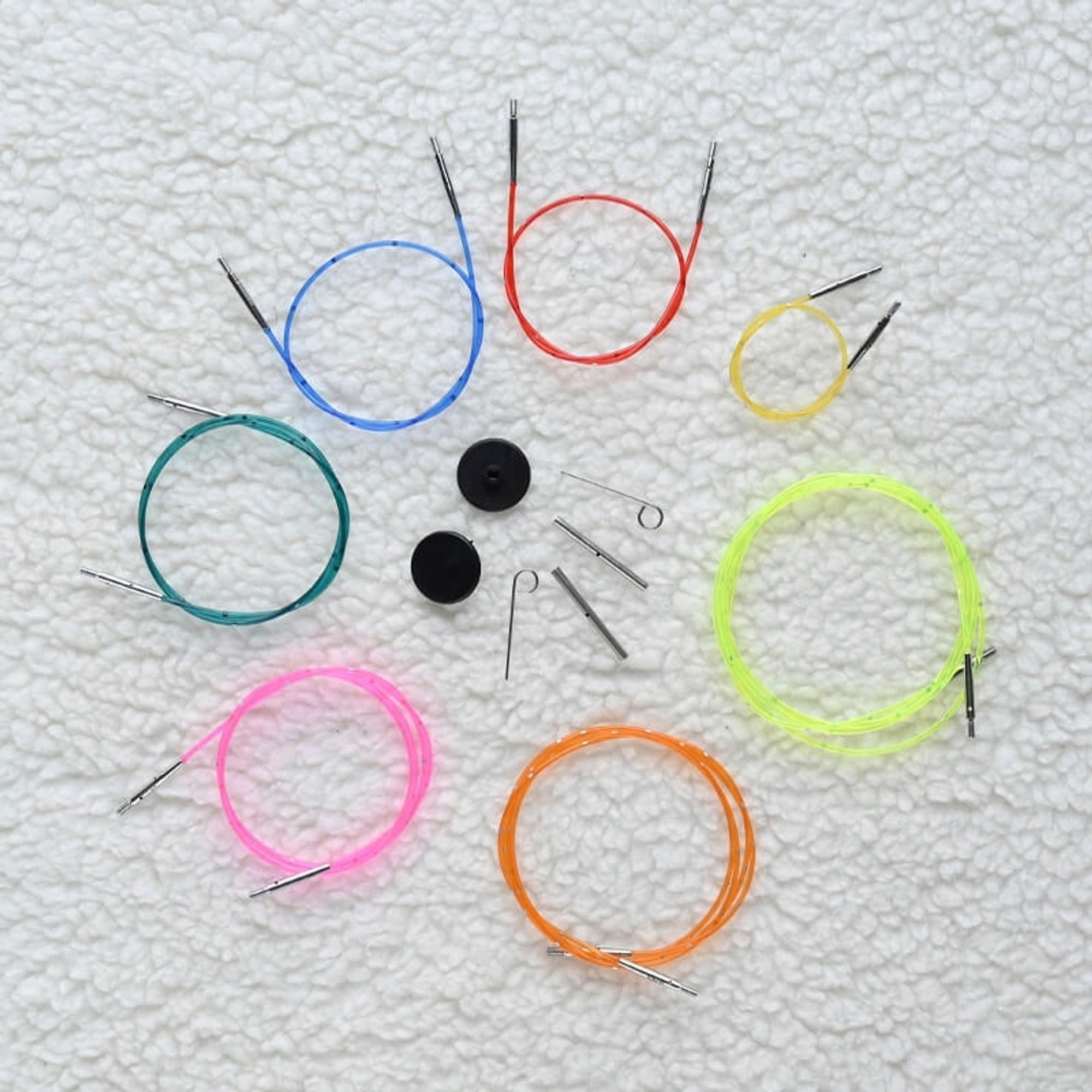
4. Rounded or sharp tip?
A sharp needle tip is useful when you’re working with thin yarn or knitting lace. Smaller needle sizes tend to have a sharper tip, and rounder tips suit thicker yarns.

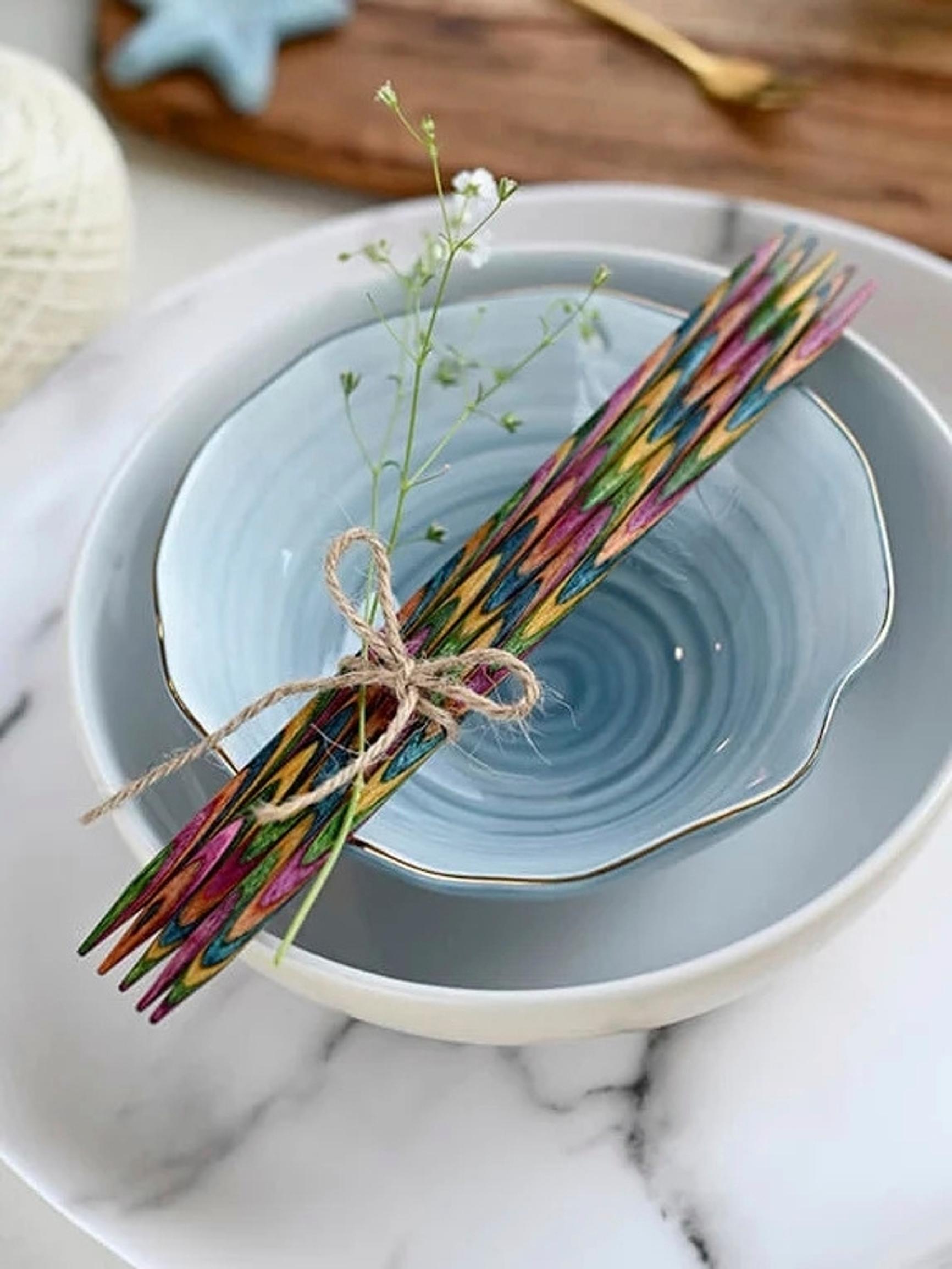
5. Experiment to find your ways
In the end, your personal preferences shape needle ergonomics, and the yarn you use matters too. If your yarn is slippery, you might want to switch to wooden needles even if you’re used to metal ones. Through trial and error, you’ll discover the perfect needles. Keep in mind that needle material also affects your gauge—always knit a swatch!

